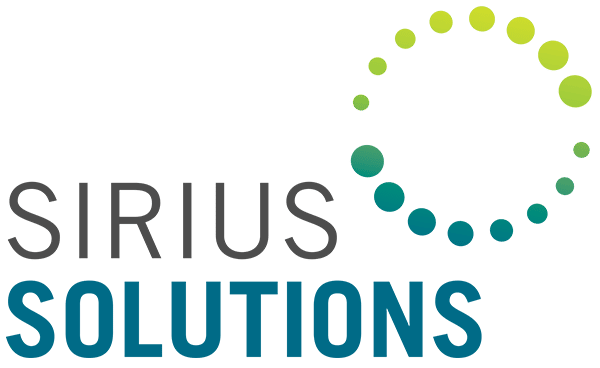Like you, we are closely monitoring the new opportunities made available via the Small Business Association in response to COVID-19. We’d like to share some basic facts and provide guidance to help businesses out:
What is a PPP Loan?
On Friday, March 27, 2020, the President signed the CARES bill which allows the SBA to assist in small business funding. The PPP is a program included in the bill that provides cash-flow assistance that federally guarantees loans to employers who maintain their payroll during this emergency. If all employees are kept on payroll for eight weeks, SBA will forgive the portion of the loans used for payroll, rent, mortgage interest, or utilities. All loan terms will be the same for every borrower.
How soon can I get access to PPP?
Once the SBA Administrator provides the policy publication, banks can begin processing the loans with the guidance provided. The Program Duration “covered period” is 2/15/2020 through 6/30/2020 when the program ends.
What are the PPP Features?
- Up to 250% of the average monthly payroll
- Most businesses with 500 employees or less are eligible
- No personal guaranty
- No collateral
- Loan payments deferred for 6 months
- Loan has a maturity of 2 years
- 0.5% interest rate fixed for life of the loan
- No loan fees charged to businesses
- No prepayment penalty
- Potential forgiveness of loan if certain criteria is met and documented
What types of businesses and entities are eligible for a PPP loan?
- Businesses that were in operation on 2/15/2020 AND
- Businesses who had employees for whom it paid salaries and payroll taxes OR paid independent contractors (reported on a Form 1099-MISC)
Additional Eligibility: The following entities are deemed eligible:
- Small business concerns, including sole proprietorship, independent contractors and eligible self-employed individuals
- Self- employed individuals, independent contractors and sole proprietors must provide documentation to establish eligibility including payroll tax filings reported to IRS, Forms 1099-MISC, and income expenses from the sole proprietorship as deemed necessary by SBA and Treasury
- Nonprofit organizations as described in section 501 (c)(3) of the IRS Code that are exempt from taxation under section 501(a) of the Code (excluding nonprofits receiving MEDICAID expenditures)
- Veterans organizations (as described in section 504 (c)(19) of the IRS Code that are exempt from taxation under section 501(a) of the Code); AND
- Tribal business concerns
- Eligible Maximum Business Size: the greater of
- 500 employees OR
- If applicable, the size standard in number of employees established by SBA for the industry in which the business operates EXCEPT
- For businesses in industries with NAICS codes beginning with 72 (accommodation and food services) that have more than 1 physical location, the 500 employee test applies to each individual location)
How is loan size determined?
Depending on your business’s situation, the loan size will be calculated in different ways but the maximum loan size is always $10 million.
- If you were in business on February 15, 2019, your max loan is equal to 250 percent of your average monthly payroll costs for the year 2019
- If your business employs seasonal workers, you may opt to choose the period from February 15, 2019 to June 30, 2019 to calculate your monthly average payroll costs
- If you were not in business between February 15, 2019 – June 30, 2019: Your max loan is equal to 250 percent of your average monthly payroll costs between January 1, 2020 and February 29, 2020.
- If you took out an Economic Injury Disaster Loan (EIDL) between February 15, 2020 and June 30, 2020 and you want to refinance that loan into a PPP loan, you would add the outstanding loan amount to the payroll sum.
What qualifies as payroll?
- Compensation (salary, wage, commission, or similar compensation, payment of cash tip or equivalent), capped at $100,000 per year on an annualized basis per employee.
- Payment for vacation, parental, family, medical, or sick leave
- Allowance for dismissal or separation
- Payment required for the provisions of group health care benefits, including insurance premiums
- Payment of any retirement benefit
Payment of State or local tax assessed on the compensation of employees
What costs are not eligible for payroll?
- Employee/owner compensation over $100,000
- Taxes imposed or withheld under chapters 21, 22, and 24 of the IRS code
- Compensation of employees whose principal place of residence is outside of the U.S.
- Qualified sick and family leave for which a credit is allowed under sections 7001 and 7003 of the Families First Coronavirus Response Act
What loan proceeds are eligible?
- Payroll costs (as noted above)
- Costs related to the continuation of group health care benefits during periods of paid sick, medical, or family leave, and insurance premiums
- Employee salaries, commissions, or similar compensations (see exclusions above)
- Payments of interest on any mortgage obligation (which shall not include any prepayment of or payment of principal on a mortgage obligation)
- Rent (including rent under a lease agreement)
- Utilities
- Interest on any other debt obligations that were incurred before the covered period
How will loan forgiveness be assessed?
- The loan will be fully forgiven if the funds are used for payroll costs, interest on mortgages, rent, and utilities (due to likely high subscription, at least 75% of the forgiven amount must have been used for payroll).
- Forgiveness is based on the employer maintaining or quickly rehiring employees and maintaining salary levels. Forgiveness will be reduced if full-time headcount declines, or if salaries and wages decrease.
When and where can I apply?
- Starting April 3, 2020, small businesses and sole proprietorship can apply for and receive loans to cover their payroll and other certain expenses through existing SBA lenders.
- Starting April 10, 2020, independent contractors and self-employed individuals can apply for and receive loans to cover their payroll and other certain expenses through existing SBA lenders.
- Other regulated lenders will be available to make these loans as soon as they are approved and enrolled in the program.
- The loan will be fully forgiven if the funds are used for payroll costs, interest on mortgages, rent, and utilities (due to likely high subscription, at least 75% of the forgiven amount must have been used for payroll).
- Forgiveness is based on the employer maintaining or quickly rehiring employees and maintaining salary levels. Forgiveness will be reduced if full-time headcount declines, or if salaries and wages decrease.
Do I need to pledge any collateral for these loans?
No. No collateral is required.
Do I need to personally guarantee this loan?
No. There is no personal guarantee requirement. ***However, if the proceeds are used for fraudulent purposes, the U.S. government will pursue criminal charges .***
What do I need to certify?
As part of your application, you need to certify in good faith that:
- Current economic uncertainty makes the loan necessary to support your ongoing operations.
- The funds will be used to retain workers and maintain payroll or to make mortgage, lease, and utility payments.
- You have not and will not receive another loan under this program.
- You will provide to the lender documentation that verifies the number of full-time equivalent employees on payroll and the dollar amounts of payroll costs, covered mortgage interest payments, covered rent payments, and covered utilities for the eight weeks after getting this loan.
- Loan forgiveness will be provided for the sum of documented payroll costs, covered mortgage interest payments, covered rent payments, and covered utilities. Due to likely high subscription, it is anticipated that not more than 25% of the forgiven amount may be for non-payroll costs.
- All the information you provided in your application and in all supporting documents and forms is true and accurate. Knowingly making a false statement to get a loan under this program is punishable by law.
- You acknowledge that the lender will calculate the eligible loan amount using the tax documents you submitted. You affirm that the tax documents are identical to those you submitted to the IRS. And you also understand, acknowledge, and agree that the lender can share the tax information with the SBA’s authorized representatives, including authorized representatives of the SBA Office of Inspector General, for the purpose of compliance with SBA Loan Program Requirements and all SBA reviews.
Brian Spector, Chief Development Officer – Sirius Solutions, L.L.L.P.
If you would like further information regarding Economic Stimulus Initiatives for Business, please complete the form below.
Error: Contact form not found.

